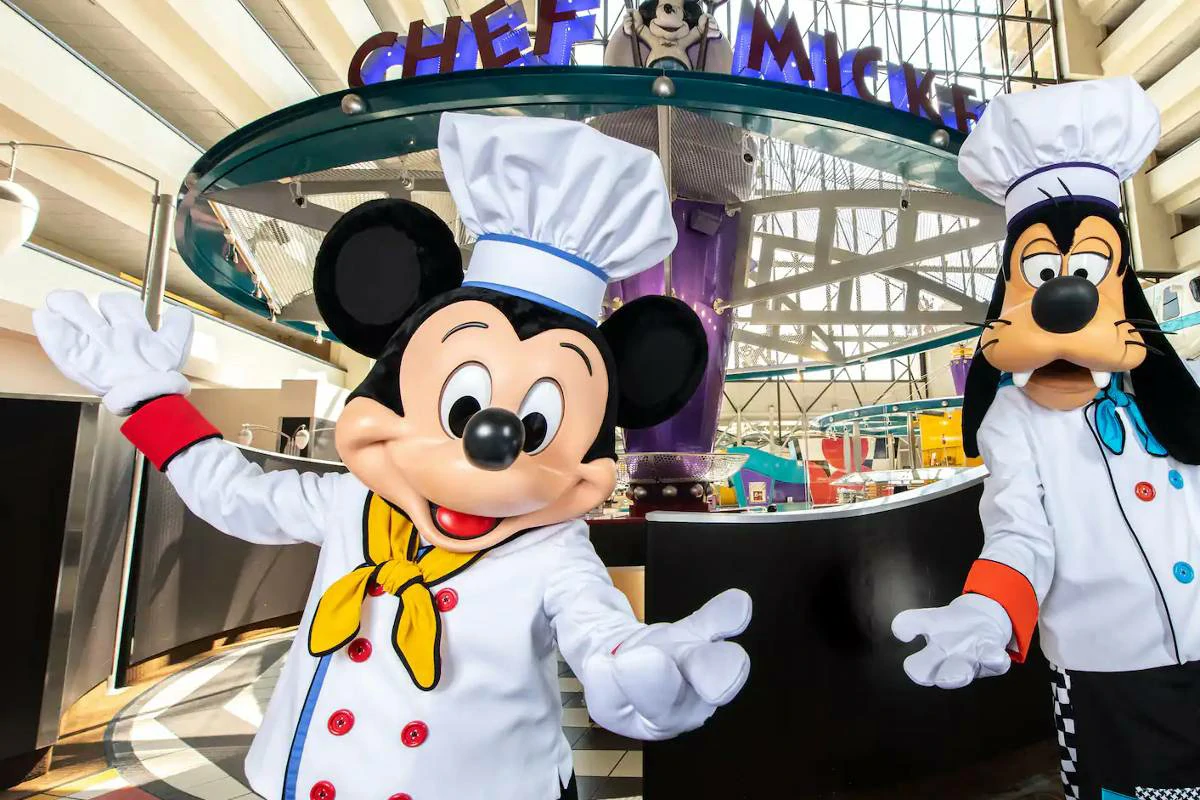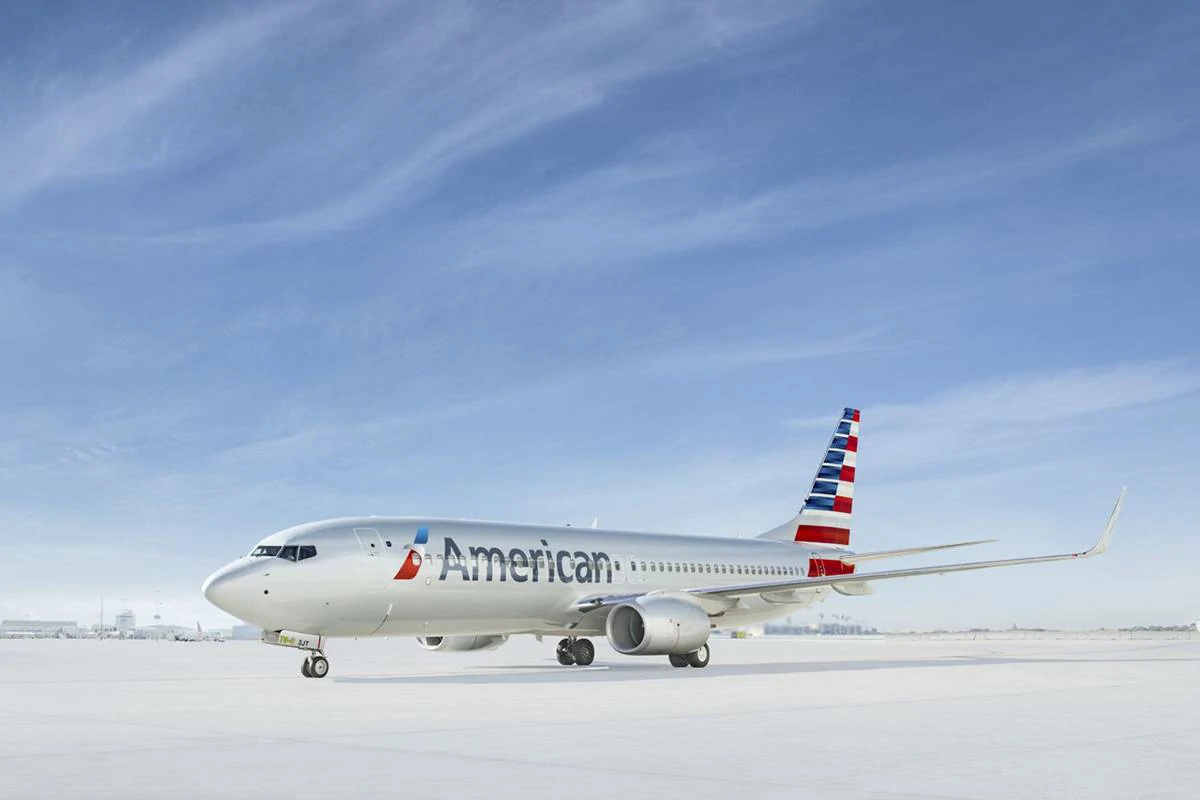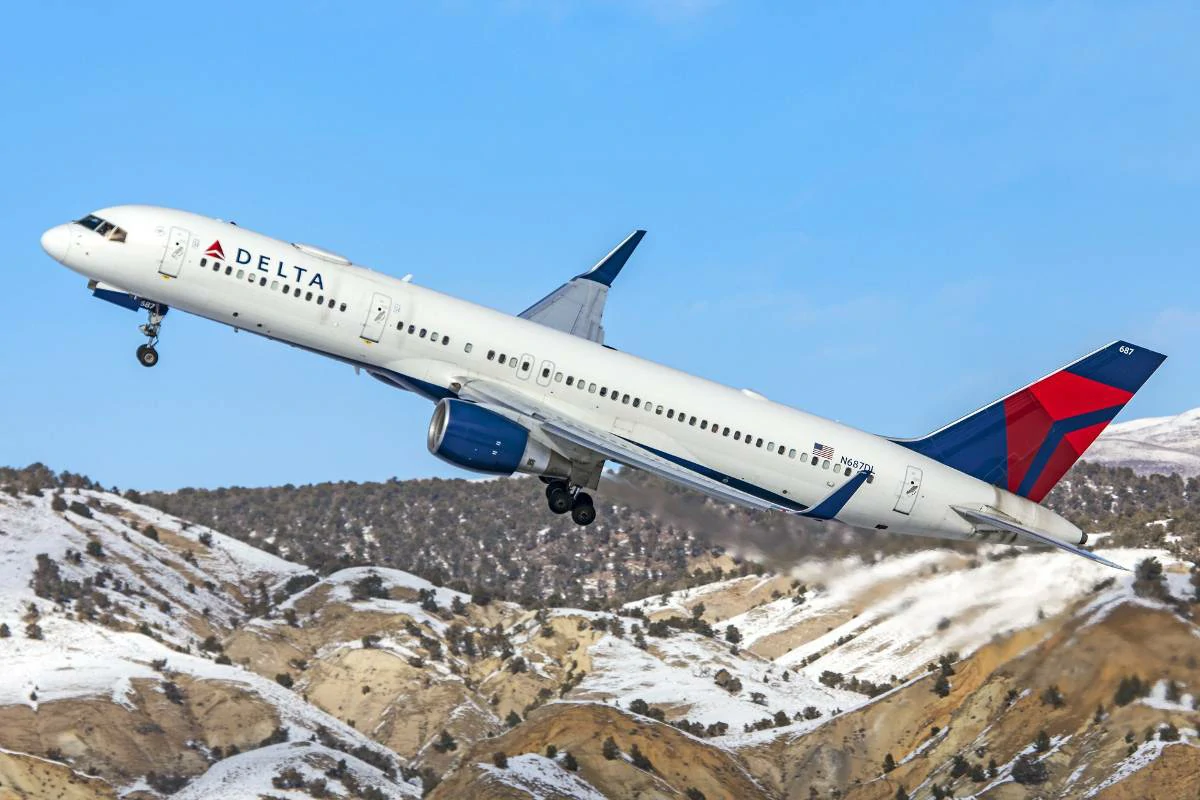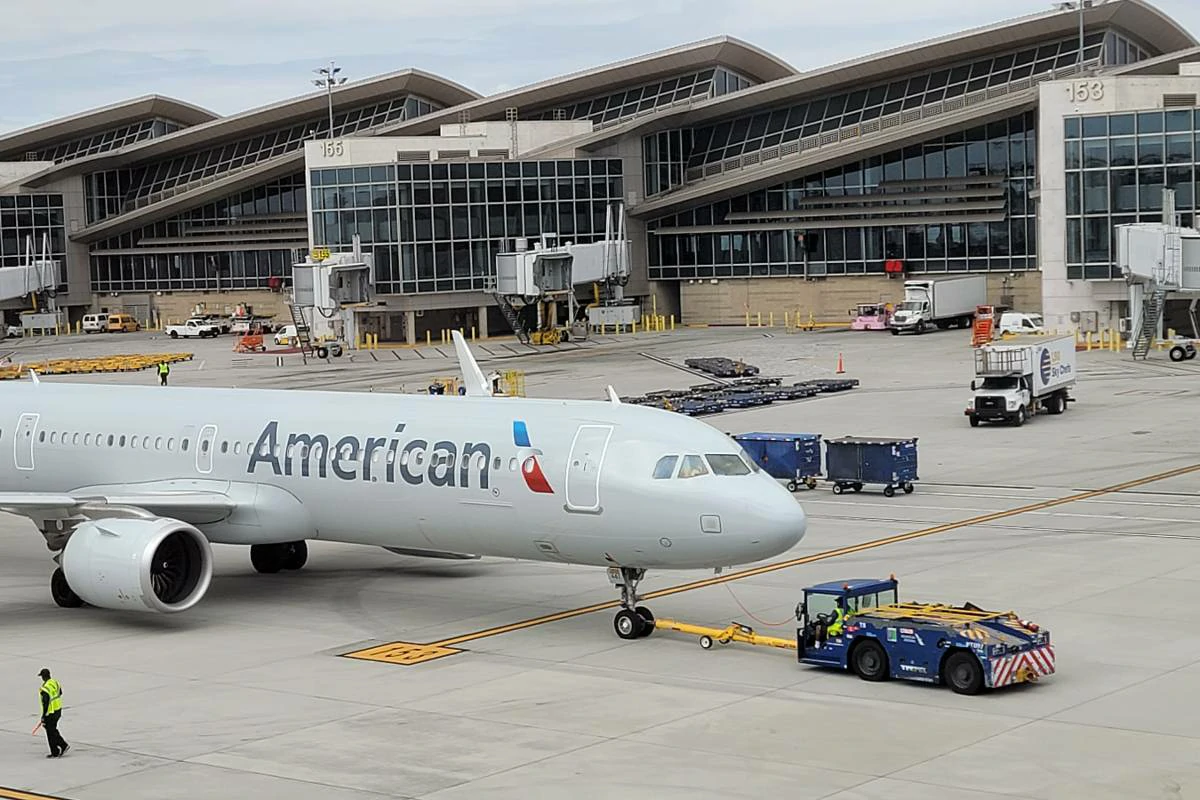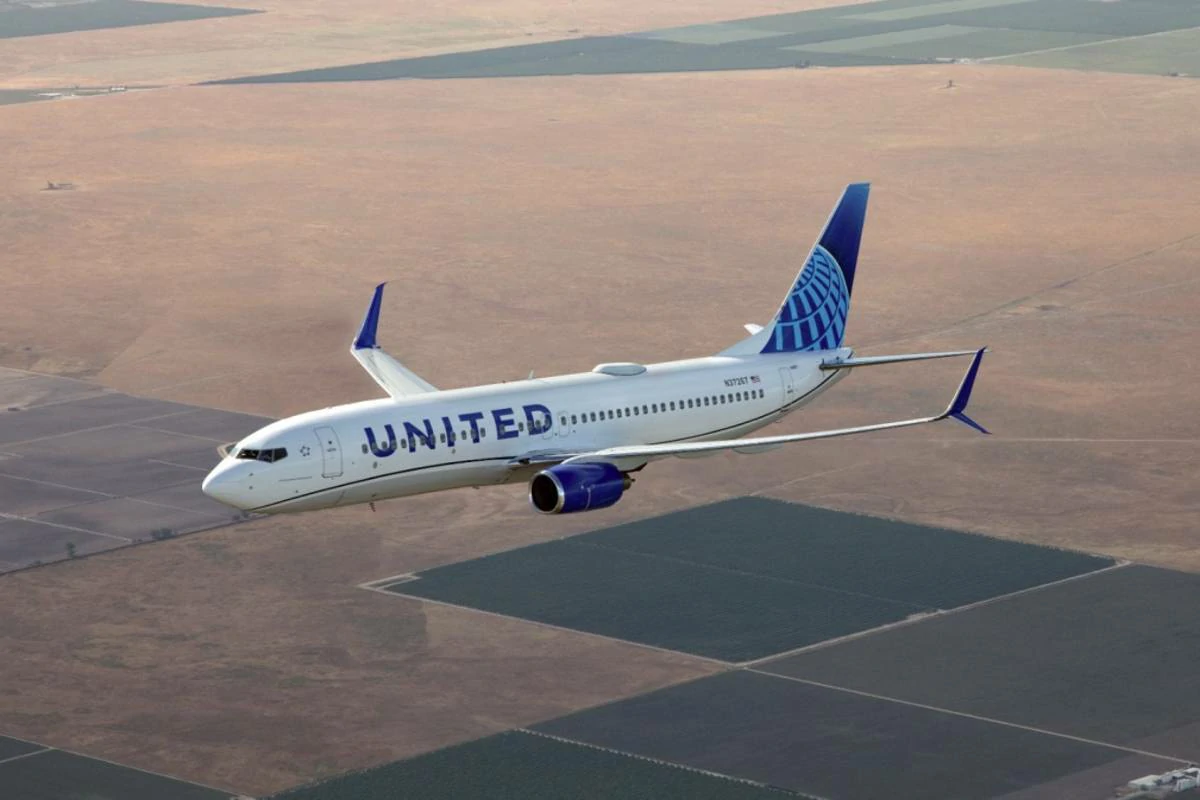When is the best time to go to Hawaii? Answer is – The best time to visit Hawaii depends on your priorities. For pleasant weather, fewer crowds, and some potential savings, the shoulder seasons of spring (April-May) and fall (September-October) are ideal. Summer (June-August) offers reliably warm weather but larger crowds and higher prices. Winter (December-March) brings cooler temperatures and a chance to see humpback whales, but it can be rainier and just as busy as summer.
Summary
- Hawaii offers pleasant weather year-round, but seasons have distinct advantages and disadvantages.
- Spring and fall shoulder seasons balance weather, crowds, and potential savings.
- Summer guarantees warm weather but comes with big crowds and high prices.
- Winter brings cooler temperatures, rain, whale watching, and mixed crowd levels.
When is the best time to go to Hawaii?
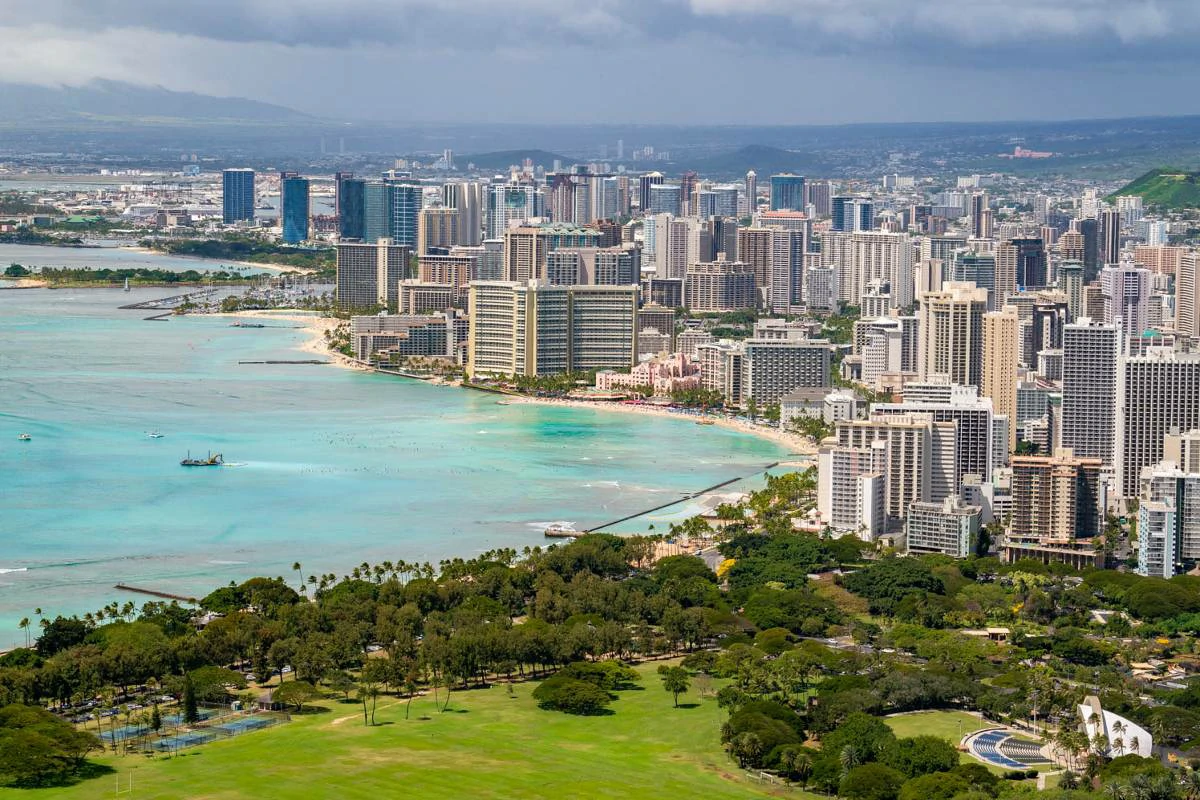
Dreaming of swaying palm trees, pristine beaches, and the sweet scent of plumeria? Hawaii consistently ranks as one of the top vacation destinations in the world, and for good reason.
But with its year-round tropical allure, deciding when to visit can be surprisingly complex. It’s tempting to think that any time is a good time for a Hawaiian getaway, and honestly, you wouldn’t be wrong.
However, the “best” time to visit truly depends on your personal priorities and what you hope to experience.
Why the “best” time to visit Hawaii is subjective
What defines a perfect vacation is different for everyone. Here’s why there’s no single best time to visit Hawaii that works for all travelers:
Personal Preference: Do you dream of endless sunny days or welcome occasional tropical showers? Are large crowds a major turn-off, or do you thrive on the energy of festivals and events?
Budget: Flight and accommodation prices fluctuate throughout the year. Shoulder seasons often offer better deals, while peak seasons usually mean premium prices.
Desired Activities: Certain activities are better suited to specific times of year. Whale watching season peaks in winter, while optimal surf conditions vary by island and time of year.
Island Choice: Each Hawaiian island has its own microclimates. The weather you experience on the Big Island may differ significantly from what you find on Kauai at the same time.
Factors to consider when planning your trip
Let’s break down the key elements that will influence your decision on the best time to visit Hawaii:
Weather: Hawaii’s temperatures are consistently pleasant, but rainfall patterns and ocean conditions change seasonally. Do you mind a few showers, or is maximizing sunshine essential?
Crowds: Peak seasons mean more tourists, potentially affecting beach space, wait times at restaurants, and the overall ambience.
Prices: Peak seasons and major holidays always come with higher price tags for flights and accommodations.
Events and Festivals: Is your heart set on attending a particular cultural event like the Merrie Monarch Festival on the Big Island? Timing is everything.
Activities: From hiking and surfing to whale watching and stargazing, your preferred activities will help narrow down the ideal season.
Julie Ann Smolinski Expert Opinion
“The best time to visit Hawaii is the time that works best for you,” says Julie Ann Smolinski, a Hawaii-based travel advisor specializing in customized itineraries. “Consider your priorities and the overall experience you want to create, and the perfect season will reveal itself.”
Best Time to Visit Hawaii: Season by Season
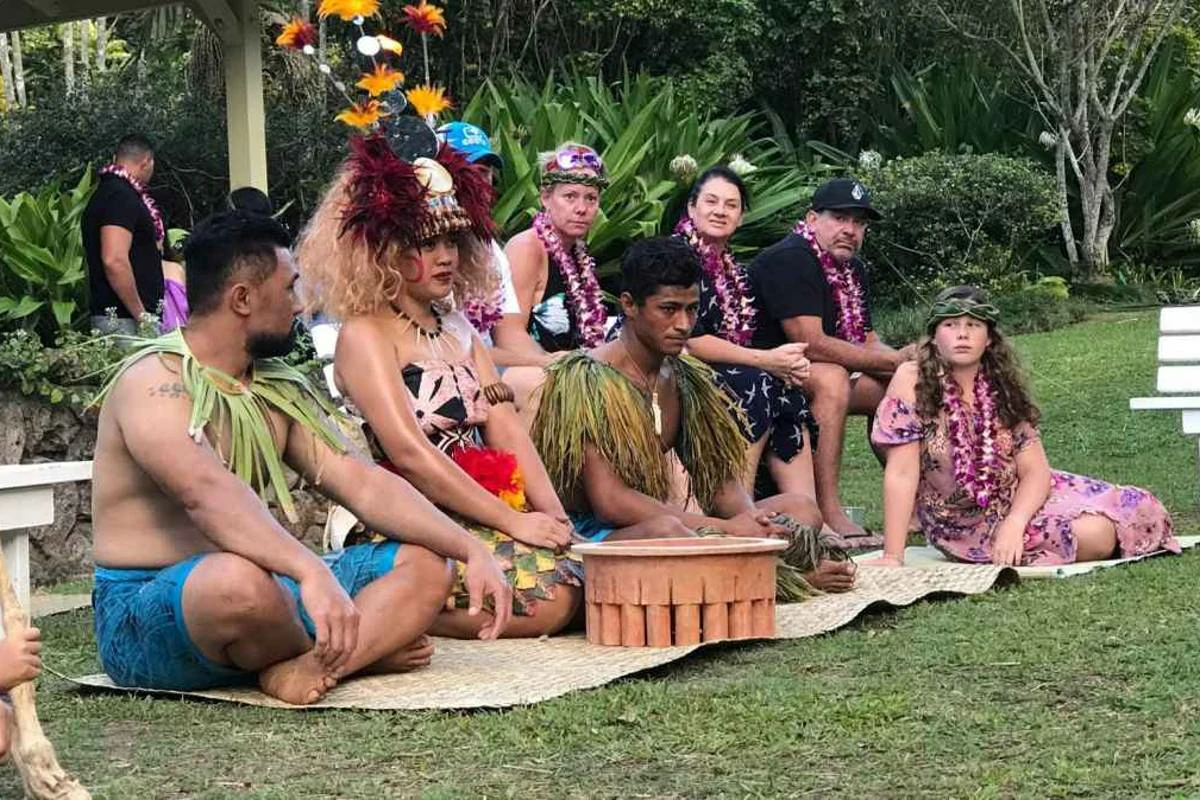
1. Spring (April-May)
Spring in Hawaii is a sweet spot – the crowds of winter have thinned out, the weather is gorgeous, and there’s a sense of relaxed tranquility in the air.
This shoulder season offers a delightful balance of sunshine, value, and a chance to experience authentic Hawaiian culture without feeling overwhelmed by tourists.
Weather overview
- Expect mostly sunny days with warm temperatures averaging in the mid-70s to low-80s Fahrenheit (23-28 Celsius).
- Rainfall is generally light, with occasional passing showers that refresh the lush landscapes.
- Ocean temperatures are comfortable for swimming, snorkeling, and other water activities.
Crowd levels and prices
- You’ll find fewer crowds compared to the peak winter months and summer season.
- Prices for flights and hotels tend to be more moderate, offering potential savings, especially if you book in advance.
- Pro Tip: Avoid the end of April, which can be busy due to Japan’s Golden Week holiday.
Top things to do in spring
Festivals and Cultural Events: Spring is a fantastic time to experience various festivals showcasing Hawaiian traditions.
- Lei Day (May 1st) is a statewide celebration of the iconic Hawaiian lei.
- Check local event calendars for smaller festivals and farmer’s markets.
Outdoor Adventures: The pleasant weather makes spring perfect for enjoying Hawaii’s natural beauty.
- Hike to waterfalls and scenic viewpoints – trails will be less crowded.
- Take a kayaking or snorkeling tour to explore the vibrant marine life.
Whale Watching (Tail End): While the peak whale watching season ends in March, you might still catch glimpses of migrating humpback whales in early spring.
Kehaulani Kamana Expert Opinion
“Spring is my favorite time of year in Hawaii. The islands feel rejuvenated after the winter, and there’s a sense of excitement in the air as everyone looks forward to summer,” remarks Kehaulani Kamana, owner of a boutique tour company on Oahu. “You’ll get the best of both worlds – great weather and a less crowded experience.”
Is Spring the Right Time for You?
Consider spring if you:
- Want to avoid the busiest seasons
- Seek a balance of great weather and fewer crowds
- Enjoy cultural events and outdoor activities
- Value some potential savings on accommodations
2. Summer (June-August)
Summer in Hawaii is synonymous with classic beach vacation vibes – think long sunny days, warm waters, and a buzzing energy throughout the islands.
This peak season delivers on reliable weather and a wide array of activities and events, but it also comes with larger crowds and higher prices.
Weather overview
- Expect warm and sunny weather with temperatures consistently in the high 70s to mid-80s Fahrenheit (25-30 Celsius).
- Humidity can be higher compared to other seasons.
- Trade winds offer a pleasant breeze, especially along the coastlines.
- Ocean conditions are generally calm, ideal for swimming, snorkeling, and stand-up paddleboarding.
Crowd levels and prices
- Summer is the busiest season in Hawaii, with families flocking to the islands during school breaks.
- Be prepared for higher prices on flights, accommodations, and activities.
- Booking well in advance is essential to secure your desired dates and potentially find better deals.
Top things to do in summer
Beach Days: Summer is the ultimate time to soak up the sun on Hawaii’s world-renowned beaches. Find your perfect stretch of sand, whether you’re seeking bustling spots like Waikiki or secluded coves.
Water Sports Galore: Calm ocean conditions make summer perfect for all kinds of water activities.
- Learn to surf or take your skills to the next level.
- Embark on snorkeling and diving adventures to explore the teeming underwater world.
- Try outrigger canoe paddling or stand-up paddleboarding.
Festivals and Events: Summer is jam-packed with lively festivals and events.
- The King Kamehameha Celebration in June honors Hawaii’s first monarch.
- Attend a traditional Hawaiian luau for a feast and cultural performances.
- Catch a thrilling outrigger canoe race.
Malia Anderson Expert Opinion
“Summertime in Hawaii has an irresistible energy,” says Malia Anderson, a Big Island-based photographer who specializes in capturing family vacations. “While it’s busier, there’s something for everyone. Just remember, early mornings and evenings are your friends for beating the crowds at popular spots.”
Is Summer the Right Time for You?
Consider summer if you:
- Crave guaranteed sunshine and warm weather
- Don’t mind crowds and a lively atmosphere
- Enjoy a wide variety of events and water activities
- Have a flexible schedule and can book accommodations well in advance
3. Fall (September-October)
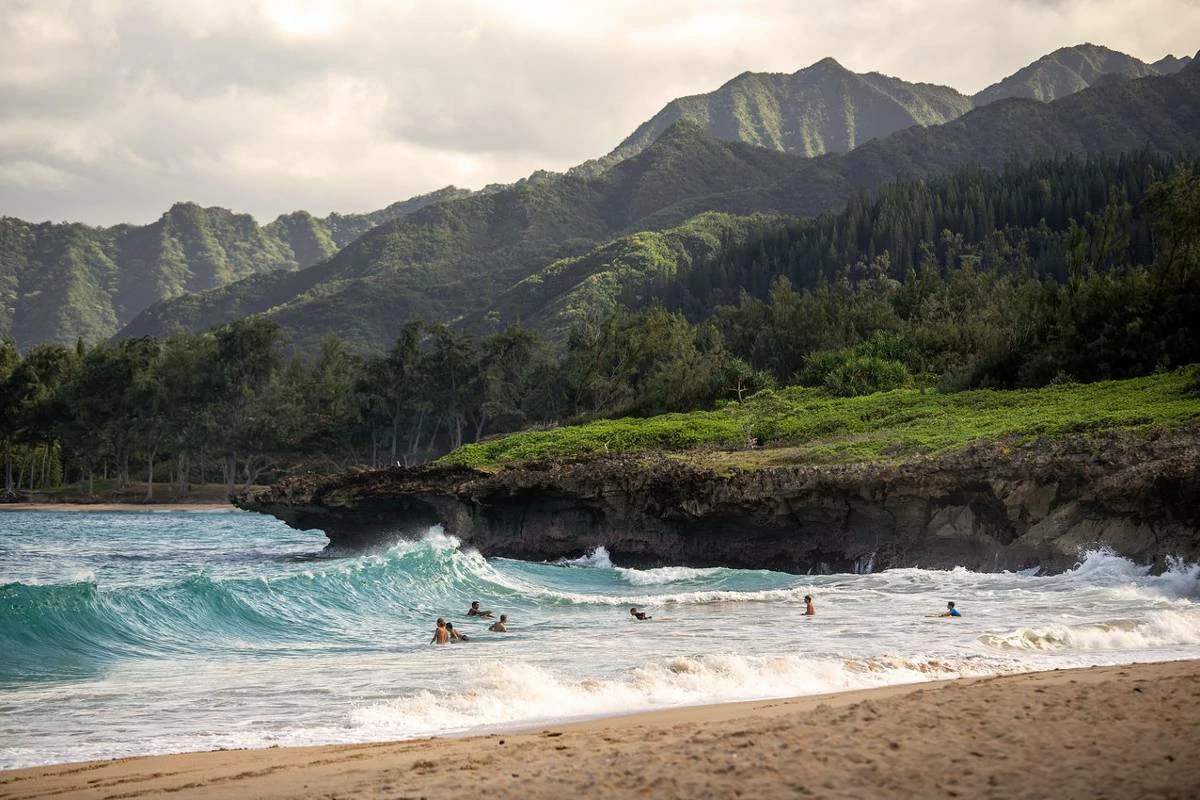
Fall in Hawaii offers another beautiful shoulder season, striking a balance between the summer crowds and the occasional winter rains.
You’ll find lingering warmth, a relaxed atmosphere, and a touch of autumnal magic in the changing colors of tropical foliage.
Weather overview
- Expect warm, sunny days with temperatures averaging in the mid-70s to low-80s Fahrenheit (23-28 Celsius).
- Early fall may see some remaining summer humidity, which typically lessens towards October.
- Ocean temperatures remain warm and inviting for swimming and water activities.
Crowd levels and prices
- Crowds thin out significantly after the busy summer season.
- Prices for flights and accommodations start to decrease, offering the potential for excellent deals.
- Pro Tip: Labor Day weekend in early September can still be busy, so plan accordingly.
Top things to do in fall
Uncrowded Beaches and Trails: Enjoy the islands’ natural beauty with more space to roam. Popular beaches and hiking trails will feel less congested.
Whale Watching Begins: The first humpback whales return to Hawaiian waters around November, but fall signals the start of the whale watching season with early sightings possible.
Unique Festivals and Events: Fall brings a diverse selection of events highlighting Hawaiian culture and cuisine.
- The Aloha Festivals span several weeks across the islands, featuring parades, music, and hula performances.
- Foodies will delight in events like the Hawaii Food & Wine Festival.
Surfing Contests: Major surf competitions start popping up on the North Shores of the islands, offering thrilling spectator experiences.
Jason Lopez Expert Opinion
“Fall is an underrated time to visit Hawaii,” says Jason Lopez, a Maui-based surf instructor. “The water is still warm, the lineups start to clear out a bit, and you get those beautiful fall sunsets that make everything feel extra special.”
Is Fall the Right Time for You?
Consider fall if you:
- Prefer a quieter, more laid-back Hawaiian experience
- Want to score potential travel deals
- Enjoy cultural events, food festivals, and outdoor activities
- Don’t mind the possibility of occasional showers
4. Winter (December – March)
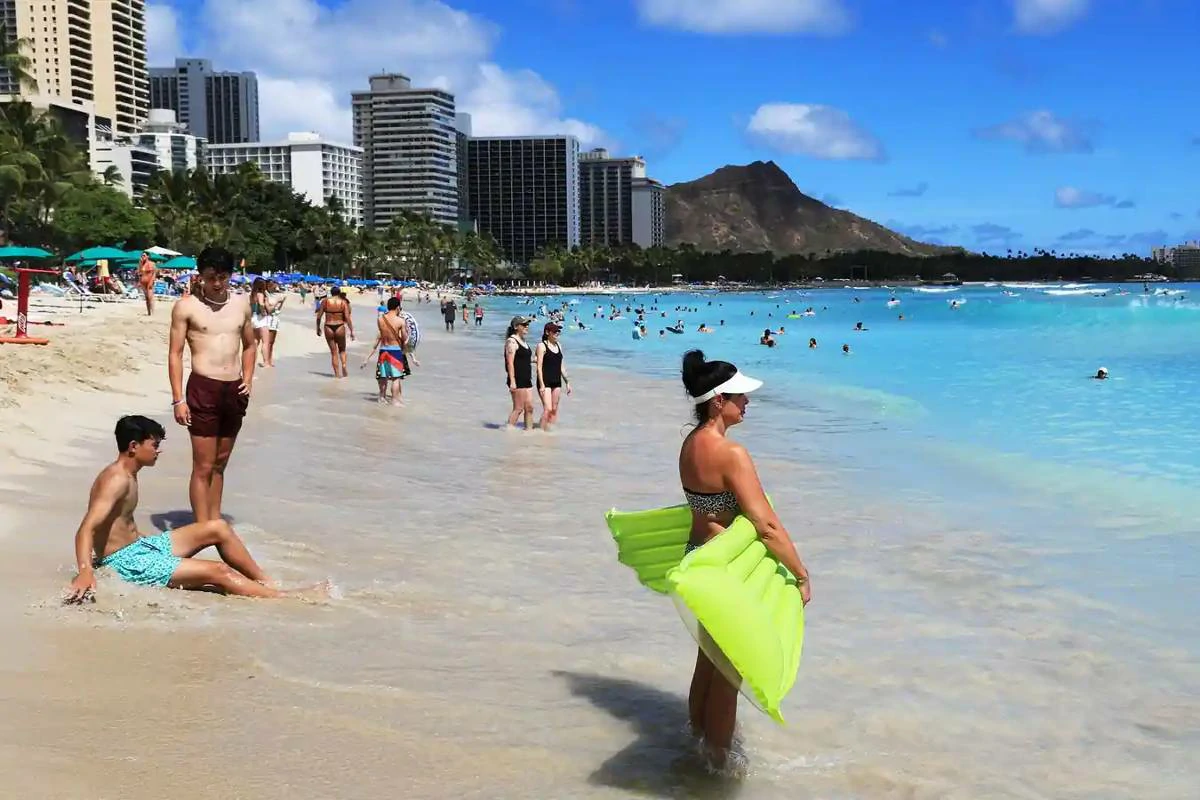
Winter in Hawaii offers a unique blend of festive cheer, cooler temperatures, and the chance to experience a different side of the islands.
While some parts of the world bundle up for colder weather, Hawaii serves up whale watching adventures, big wave surfing, and cozy holiday vibes under swaying palms.
Weather Overview
- Temperatures are generally cooler compared to other seasons, with averages in the mid-70s to low-80s Fahrenheit (23-28 Celsius).
- Expect more rainfall, especially on the windward sides of the islands, although sunny days are still frequent.
- Tradewinds can be stronger, creating exhilarating conditions for windsurfing and kiteboarding.
- Ocean waters are cooler but still pleasant for swimming and most water activities.
Crowd Levels and Prices
- The holiday season (mid-December to early January) is a peak travel period, with large crowds and high prices.
- Outside of the holidays, crowds tend to lessen, although winter remains a popular time to visit.
- Prices for flights and accommodations drop after the holiday rush but generally remain higher than during the shoulder seasons.
Top Things to Do in Winter
Humpback Whale Watching: Peak whale watching season runs from December through March, offering unforgettable encounters with these majestic creatures.
Big Wave Surfing: The winter months bring legendary swells to Hawaii’s shores, attracting pro surfers and thrill-seeking spectators. Check out famous spots like Pipeline and Jaws if you dare!
Holiday Festivities: Experience Hawaii’s unique holiday celebrations. Resorts and towns put on festive displays and special events.
Hiking and Outdoor Adventures: Cooler temperatures make winter a pleasant time for scenic hikes and exploring waterfalls, especially on drier leeward coasts.
Cultural Experiences: Rainy days are perfect for visiting museums and cultural centers to learn more about Hawaii’s rich history and traditions.
Leilani Kealoha Expert Opinion
“While people think of Hawaii as a summer destination, winter brings its own magic,” says Leilani Kealoha, owner of a whale watching tour company on Kauai. “The whales are awe-inspiring, the energy of the ocean is different, and there’s a sense of renewal in the air.”
Is Winter the Right Time for You?
Consider winter if you:
- Dream of seeing humpback whales in their natural habitat
- Enjoy the excitement of big wave surf season (as a spectator or participant)
- Want to experience Hawaii’s festive holiday atmosphere
- Don’t mind potentially cooler weather and more frequent rain showers
Additional Factors to Consider
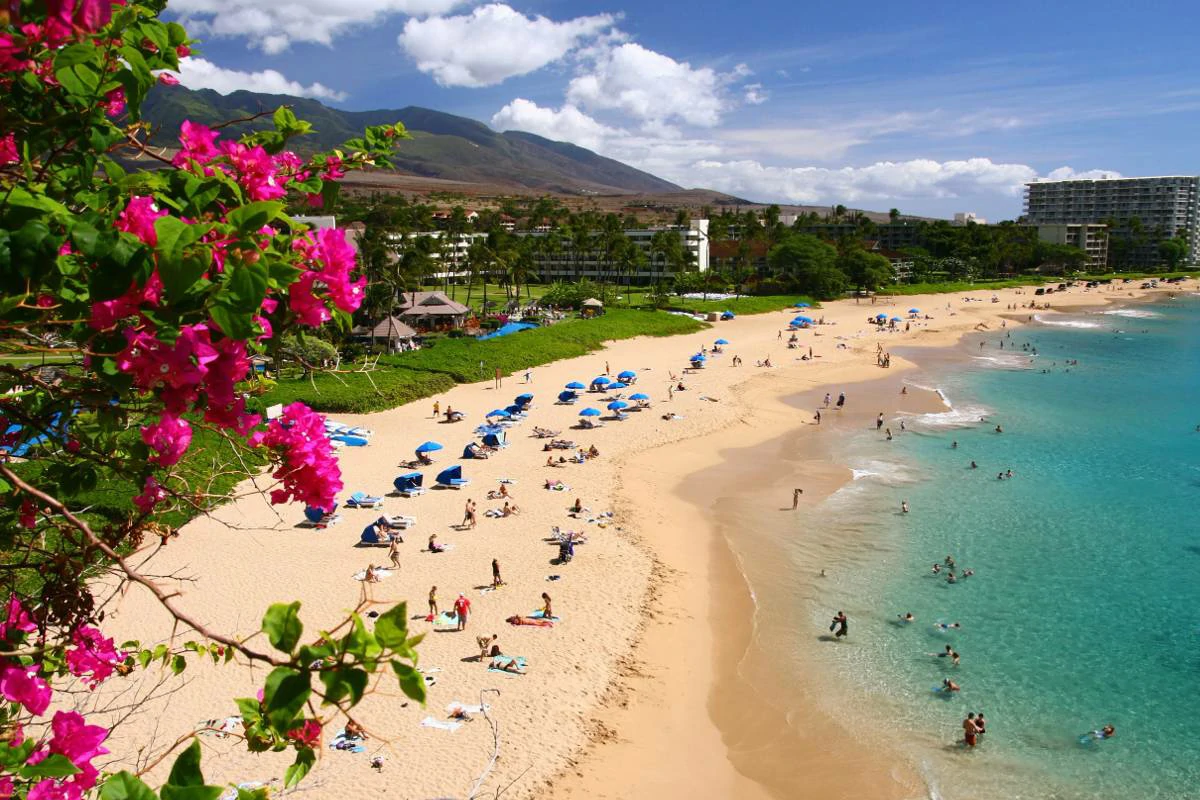
While the seasons provide a broad framework, these key elements will further personalize your decision-making process:
1. Budget: When are flights and accommodations cheapest?
Peak Seasons to Avoid: Unsurprisingly, the holiday period (mid-December through early January) and summer months command the highest airfare and accommodation prices.
Shoulder Seasons for Value: Spring (April-May) and fall (September-October) consistently offer the best balance of good weather, fewer crowds, and more affordable rates.
Hunt for Deals: Keep an eye out for off-season specials, flash sales, and package deals. Flexibility with your travel dates is key to snagging the best bargains.
Resources: Websites like Kayak and Skyscanner track airfare trends, and contacting hotels directly can sometimes reveal better rates than booking through third-party sites.
2. Events and Festivals: Does a specific event align with your travel dates?
Planning Around Your Passion: If your heart is set on attending a particular event, let it dictate your timing. Here’s a taste of Hawaii’s diverse annual offerings:
- Culture: Merrie Monarch Festival (Hilo, Spring), King Kamehameha Celebration (statewide, June), Aloha Festivals (statewide, Fall).
- Food & Drink: Hawaii Food & Wine Festival (statewide, Fall), Kona Coffee Cultural Festival (Big Island, Fall).
- Sports: Vans Triple Crown of Surfing (North Shore, Oahu, Fall/Winter), Honolulu Marathon (December).
Drawbacks of Peak Events: Be prepared for higher prices, larger crowds, and accommodation booking out far in advance during major festivals and sporting events.
3. Activities: Are the activities you want to do weather-dependent?
Sunshine Activities: If sunbathing, calm water activities, and reliably long summer days are priorities, then peak summer might be your best bet.
Whale Watching: The prime humpback whale watching season runs from December through March.
Surfing: Serious wave seekers should target winter for big swells, while beginners may find summer’s gentler waves more manageable.
Hiking: Some trails become muddy and slippery after heavy rain. The drier leeward sides of the islands are generally good year-round, while windward trails are best tackled during less rainy stretches.
4. Island-Specific Considerations: Do you want to visit a specific island with unique weather patterns?
Microclimates: Hawaii’s islands have surprisingly diverse weather patterns. Research your chosen island carefully:
- Big Island: Encompasses multiple climate zones, from lush rainforests to near-desert regions.
- Maui: Offers varying conditions between the drier leeward side (resort areas) and the wetter slopes of Haleakala volcano.
- Kauai: Known for the rainiest spot on Earth (Mt. Waialeale), but also boasts sunny beaches.
Sarah Wilson Expert Opinion
“Don’t let a little rain scare you off!” says Sarah Wilson, a Kauai-based hiking guide. “Even the ‘rainy’ islands usually have pockets of sunshine. A flexible itinerary and an adventurous spirit will ensure you have an amazing time no matter the season.”
What Does “Best Time” Mean to You?

The beauty of a Hawaiian vacation is that it can be tailored to your ideal experience. Let’s examine some common travel desires and how they align with different times of the year.
1. Prioritizing good weather
Sunshine Seeker: If maximizing sunshine and warm temperatures tops your list, summer (June-August) is the most reliable bet. Expect consistently warm weather with minimal rainfall.
Rain Doesn’t Ruin Adventures: If occasional showers don’t dampen your spirits, the shoulder seasons of spring (April-May) and fall (September-October) offer a delightful mix of sunshine with generally less rain than winter months.
Flexibility is Key: Remember, even during Hawaii’s “rainy season” (winter), sunshine is often abundant. Choosing leeward (drier) coasts of islands also increases your odds of good weather.
2. Avoiding crowds
Solitude Enthusiast: If your ideal vacation involves wide-open beaches and uncrowded trails, the shoulder seasons of spring (April-May) and fall (September-October) reign supreme.
Escaping the Peak: Winter, (except for the holiday period), also sees fewer crowds than summer.
Event Trade-Off: Be aware that major events and festivals draw large crowds regardless of the season. Strategic planning is necessary if both avoiding crowds and attending a particular event are important to you.
3. Finding the best deals
The Budget-Savvy Traveler: If affordability is crucial, focus your search on the shoulder seasons (spring and fall). Flight and hotel prices tend to be lowest during these periods.
Hunting for Bargains: Winter (outside of the holidays) can offer good deals, as can last-minute bookings if you have ultimate flexibility.
The Early Bird Advantage: Regardless of the season, booking flights and accommodations well in advance generally secures better rates than waiting until closer to your travel dates.
4. Experiencing specific events or activities
The Bucket Lister: If your dream trip hinges on a particular event (like the Merrie Monarch Festival) or a seasonal activity (like whale watching), your travel dates will largely be dictated by when these occur.
Planning Pays Off: Book accommodations early during popular events, and be prepared for a festive atmosphere and the possibility of higher prices.
Alternative Adventures: If flexibility allows, consider the shoulder seasons surrounding major events. You might still experience the cultural buzz with smaller crowds and potentially better deals.
Jennifer Alvarez Expert Opinion
“The best time to visit Hawaii is the time that works best for YOU,” emphasizes Jennifer Alvarez, a travel advisor specializing in Hawaii itineraries. “Think about what matters most – are you craving non-stop sunshine, the best rates, or a specific cultural experience? Your priorities will guide the way.”
Conclusion
Choosing the best time to visit Hawaii is an exciting adventure in itself! While there may not be a universally perfect time, there’s undoubtedly a perfect time for you. Here’s a recap of the key takeaways:
Seasons Offer Advantages: Each season boasts unique charms – sunny summers, pleasant shoulder seasons, whale watching in winter, and potential deals throughout.
Personal Priorities Matter: Focus on whether you prioritize sunshine, beating crowds, budget-friendly travel, or attending specific events.
Flexibility is Your Friend: Having some flexibility with your travel dates can open up opportunities for better deals and a less crowded experience, even during peak periods.
Island Microclimates: Do your research on the specific island(s) you’d like to visit, as weather patterns can vary even within a single island.
There’s No Wrong Answer: Hawaii’s magic shines year-round. With some thoughtful planning, you’re guaranteed a memorable trip.
FAQs
Q: I’m on a tight budget. When is the cheapest time to visit Hawaii?
The shoulder seasons of spring (April-May) and fall (September-October) offer the best combination of value and pleasant weather. Keep an eye out for deals and consider staying in slightly less popular areas.
Q: Can I still enjoy Hawaii if it rains during my trip?
Absolutely! Rain showers in Hawaii are often brief and localized, leaving plenty of sunshine. Embrace indoor adventures like museums, cultural centers, and cozy cafes, or seek out the drier sides of the islands.
Q: How far in advance should I book my trip to Hawaii?
The earlier, the better! Booking flights and accommodations several months in advance usually secures the best prices and availability, especially during peak seasons and holidays.
Q: I want to see humpback whales. When should I go?
Prime whale watching season runs from December through March, with sightings possible as early as November and tapering off in April.
Q: Help! I’m overwhelmed with options. How do I decide?
Start simple. Is there a specific event you must attend? Are you a die-hard sun worshiper? Do you have a strict budget? Answering key questions about your priorities will point you in the right direction.
